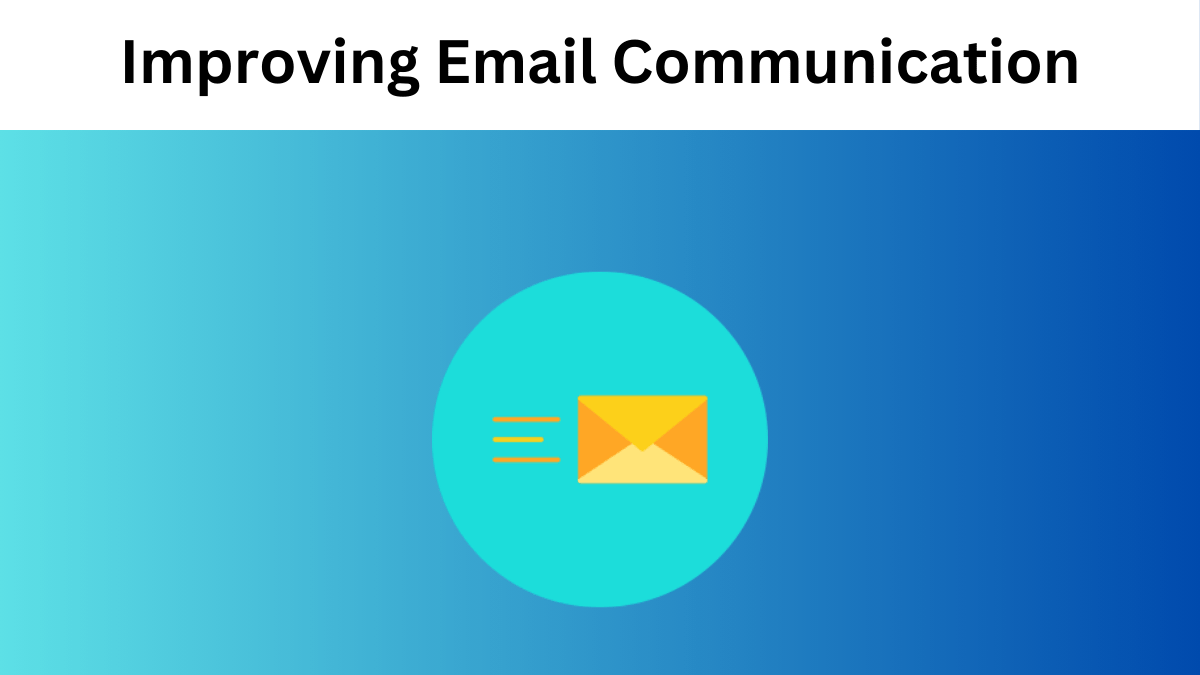Improving Email Communication: Best Practices for Avoiding the Spam Folder
In today’s digital age, email remains a critical communication tool for businesses and individuals alike. However, the challenge of ensuring your email is opened rather than ignored or relegated to the spam folder is ever-present. This article will explore strategies to make your emails sound more human, how spam checker tools can help, and best practices to avoid ending up in the spam folder.
Contents
Strategies for Humanizing Your Emails
1. Personalize Your Content
Personalization goes beyond just using the recipient’s name. It involves tailoring the content to the recipient’s interests, needs, and behaviors. Use data you have about the recipient to make your emails more relevant and engaging.
Examples:
- Reference past interactions or purchases.
- Offer personalized recommendations.
- Mention mutual connections or shared experiences.
2. Write Like a Human, Not a Robot
Avoid overly formal language and jargon that can make your email sound automated. Instead, use a conversational tone that reflects natural speech.
Tips:
- Use contractions (e.g., “you’re” instead of “you are”).
- Ask questions to engage the reader.
- Use humor appropriately to make the email more relatable.
3. Keep It Short and Sweet
Long-winded emails can overwhelm the reader and increase the likelihood of them ignoring your message. Aim to keep your emails concise and to the point.
Suggestions:
- Stick to one main idea per email.
- Use bullet points for easy reading.
- Highlight key information with bold or italics.
4. Use a Clear and Compelling Subject Line
The subject line is the first thing your recipient sees, so it needs to grab their attention and entice them to open the email.
Guidelines:
- Be clear and specific about the email’s content.
- Create a sense of urgency or curiosity.
- Avoid all caps and excessive punctuation.
5. Include a Call to Action (CTA)
A clear and compelling CTA guides the recipient on what to do next. Make sure your CTA stands out and is easy to follow.
Examples:
- “Download our free guide now.”
- “Schedule a call with our team.”
- “Click here to learn more.”
The Role of Email Spam Checker Tools
Email spam checker tools are invaluable for ensuring your emails reach the recipient’s inbox. These tools analyze your email content and provide insights on factors that may trigger spam filters.
How They Help:
- Content Analysis: They scan your email for spammy words and phrases that can raise red flags with spam filters.
- Formatting Check: They ensure your email’s format adheres to best practices, such as proper HTML coding and the inclusion of text versions for HTML emails.
- Blacklist Monitoring: They check if your sending domain or IP address is listed on any blacklists that could affect deliverability.
- Sender Reputation: They provide insights into your sender reputation, which is critical for email deliverability.
The Spam Folder and How to Avoid It
Why do my emails end up in spam? Understanding why emails are in the spam folder is crucial for improving your email deliverability. Here are some common reasons:
1. Poor Sender Reputation
Your sender reputation is influenced by factors such as bounce rates, spam complaints, and engagement rates. A poor reputation can result in your emails being marked as spam.
2. Spammy Content
Using certain words, phrases, or formatting can trigger spam filters. Common spammy elements include excessive use of exclamation marks, all caps, and words like “free” or “urgent.”
3. Lack of Authentication
Failing to authenticate your emails with protocols like SPF, DKIM, and DMARC can raise suspicion and lead to your emails being flagged as spam.
4. High Bounce Rates
A high bounce rate, which occurs when emails are sent to invalid addresses, can negatively impact your sender reputation and increase the likelihood of your emails being marked as spam.
5. Low Engagement Rates
Low engagement rates, such as low open rates and click-through rates, can signal to email providers that your emails are not valuable to recipients, leading to them being filtered as spam.
Best Practices to Avoid the Spam Folder
1. Maintain a Clean Email List
Regularly update your email list to remove invalid or inactive addresses. This helps reduce bounce rates and improves your sender reputation.
2. Authenticate Your Emails
Implement email authentication protocols like SPF, DKIM, and DMARC to verify your identity as a sender and build trust with email providers.
3. Use a Reliable Email Service Provider
Choose an email service provider (ESP) with a good reputation and robust deliverability tools. A reputable ESP can help ensure your emails reach the inbox.
4. Monitor Your Sender Reputation
Regularly check your sender reputation using tools like SenderScore or ReputationAuthority. Address any issues that may negatively impact your reputation.
5. Avoid Spammy Content
Be mindful of the words and phrases you use in your emails. Avoid excessive punctuation, all caps, and overly promotional language.
6. Encourage Engagement
Craft emails that encourage recipients to interact with your content. Use compelling subject lines, personalize your messages, and include clear CTAs to boost engagement rates.
7. Provide an Easy Unsubscribe Option
Make it easy for recipients to unsubscribe from your emails. This complies with regulations and helps maintain a positive sender reputation by reducing spam complaints.
8. Test Your Emails
Before sending, use spam checker tools to analyze your emails for potential issues. Make necessary adjustments to improve deliverability.
Conclusion
Improving communication when sending emails is essential for ensuring your messages are opened and read rather than ignored or marked as spam. You can make your emails more engaging and human-like by personalizing your content, writing in a conversational tone, keeping your emails concise, and using clear subject lines and CTAs. Utilizing email spam checker tools and following best practices to avoid spam folders can further enhance your email deliverability. With these strategies in place, you’ll be well on your way to more effective email communication.
